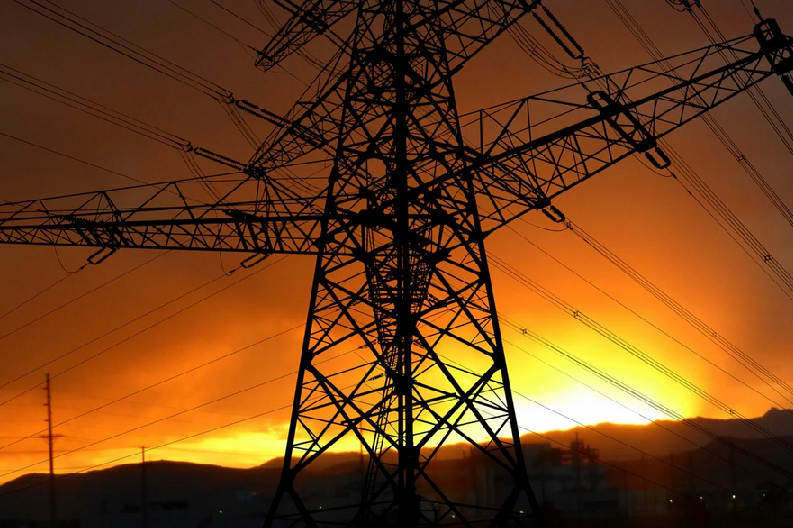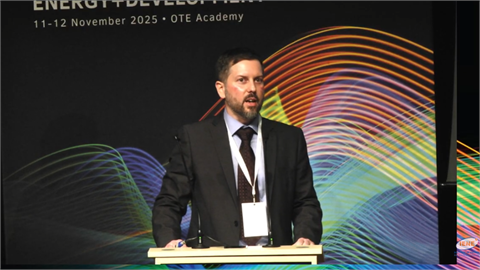As we entered August, in week 31, SEE electricity prices receded compared to the previous week, with an average decrease of -15.6% as electricity demand eased, as noted in the latest issue (No 326) of SEE Electricity & Gas Market Analysis, published by the IENE and send to its members and associates. In contrast, electricity prices in most of the main European electricity markets were higher than Week 30 as gas prices and CO2 prices rose
More specifically, in the Balkans Romania registered the highest percentage decrease by -32.15%, followed by Croatia and Bulgaria, which both registered lower electricity prices with an average decline of -26.5%.
The main reason for the electricity price decline in the region early in August was lower overall energy demand as average temperatures eased in most countries resulting in lower demand for air conditioning units. Consequently, total electricity demand in SEE plunged, falling by -2.36% compared to Week 30, corresponding to 18,069.37 GWh. This demand was satisfied by a combination of electricity inputs, including variable renewables ( 3,207.37 GWh), by hydropower ( 2,867.24 GWh, by thermal power generation ( 8.870.42 GWh) and by net electricity imports into the region, from cross-border trade, amounting to 1,247.71 GWh.
In contrast to SE Europe weekly average spot electricity prices in Central Europe followed a mixed performance during Week 31 with the general trend being one of higher prices, while some countries, namely Slovakia, Slovenia and the Czech Republic witnessed lower prices. Electricity markets in Central Europe during Week 31 posted average wholesale rate prices between € 38-95/MWh. In the same week European weekly average prices were hovering around €85.81 /MWh.
In the southern part of Europe all countries registered electricity price decreases, except Italy. Prices were on average trading between 73-120 €/MWh, in most countries, with the exception of Türkiye where prices formed lower with the weekly average at € 72.64/MWh. In contrast the Italian market registered the highest average price among the analysed by IENE regional markets during Week 31, with an average price of € 120.13/MWh, higher by 6.12% compared to the previous week.
As August advanced electricity prices across SEE eased further but have strongly rebound since the start of the week, exhibiting high volatility characteristics. As the week is coming to a close wholesale DAM prices in all SEE electricity markets are registering net increases on a monthly basis with the eastern Balkans and Central Europe most affected. For example on August 16 the average daily electricity price in the DAM in Romania was €150,17/MWh increased by 34,8% on a monthly basis. Similarly, in Hungary the DAM average daily price was € 164,34/MWh up by 35,0% on a monthly basis and in Greece it was reported at €144,83/MWh, up by 38,5%.
According to an IENE survey among key market players in the region, electricity price formation has been affected by increased gas prices over the last 10 days. Since August 5 gas prices at TTF have gained more than 15% and more than 35% since the end of May. On August 16 gas prices at TTF,
the European benchmark, were trading between €39.300/MWh and 40.020/MWh . European energy markets are of late unnerved fearing an imminent shut down of the Ukrainian corridor through which Russian gas is being shipped to several European destinations. The fears are to large extent justified following Ukraine’s intrusion in Russia’s Kursk region and the seizing of the town of Sudzha where a vital gas transit metering station is located which controls gas flow to the west.




